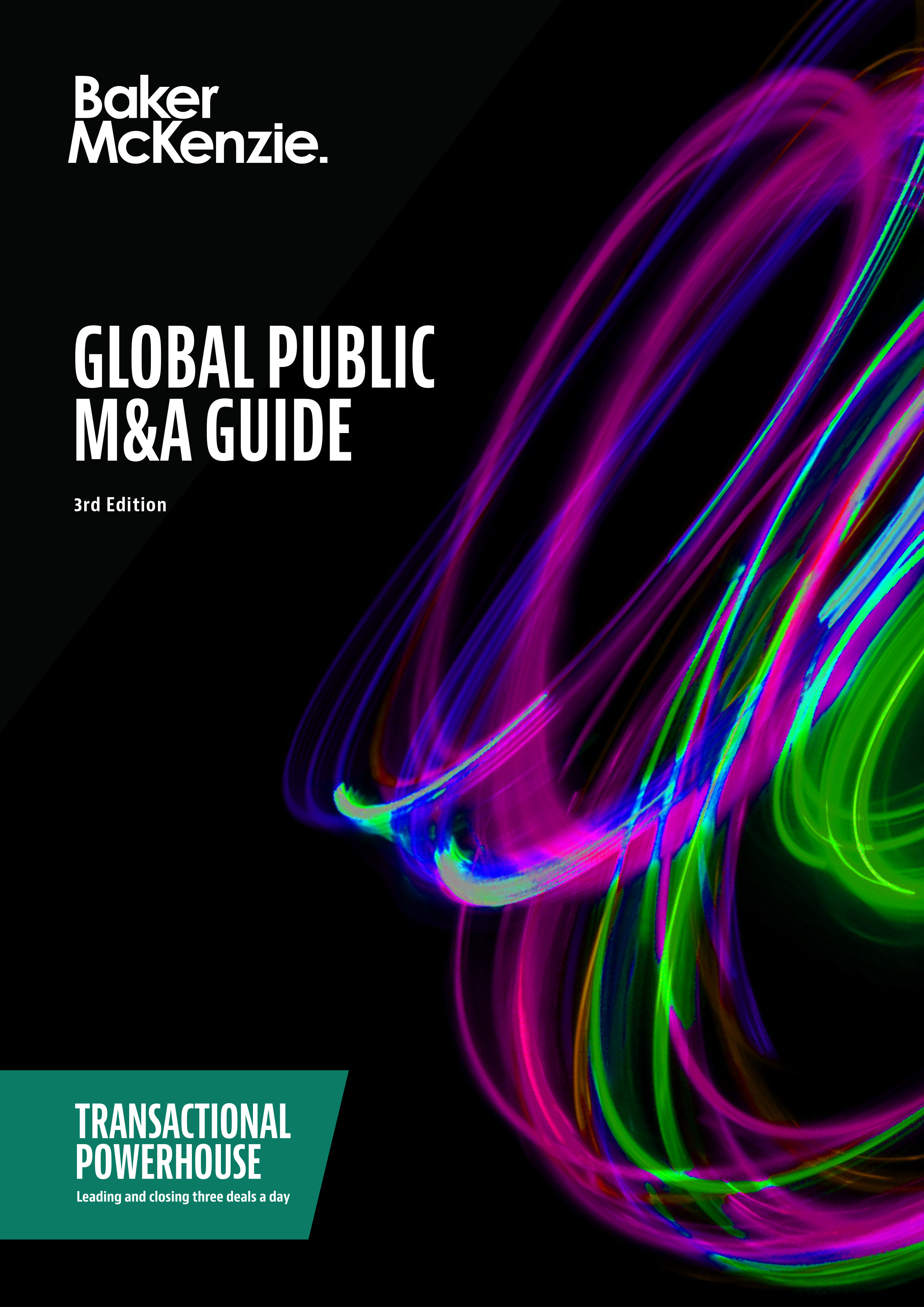A guide to some of the key legal considerations associated with public M&A transactions across the globe.
Public M&A transactions can ordinarily be complex and labyrinthine, becoming even more intricate as they begin to span multiple jurisdictions and legal regimes. We have the market knowledge, legal expertise and creativity needed to successfully execute complex and high profile transactions.
Drawing on our unparalleled experience in all aspects of both domestic and cross-border transactional work, this guide is intended to provide an overview of some of the key legal considerations associated with public M&A transactions in 42 jurisdictions across the globe, including indicative timelines. Its focus is primarily on the practice of conducting a merger or takeover of a publicly listed company with summaries of the general legal framework, practices and tactics across jurisdictions and general considerations associated with a public M&A transaction.
While there are many factors to consider, we would like to share what we believe are a few of the key areas of focus for any company contemplating a public M&A deal. These are issues that usually appear in all transactions and can be considered across any jurisdiction, industry or deal.
- Don’t take unnecessary chances. Public M&A deals, particularly those with a cross-border element, are risky propositions. Maximize your chances for a timely and successful closing by adopting best practices in deal structuring and techniques.
- Understand local requirements. The local laws and regulations that apply to your counterparty in the deal must be taken into account. Our updated guide now also includes details of restrictions on foreign investments.
- Assemble a trusted team. You will likely need a full team of experienced experts in whom you have confidence, including lawyers, accountants and bankers. On the legal side, ensure you not only know the corporate team but also the lead partners responsible for tax, employment, antitrust/competition, compliance/sanctions and any other areas that are especially important to your company.
- Remember the end goal. The deal is typically not an end in itself but rather a means to achieve important business objectives. Thus, the deal does not really end at closing; instead, its true value comes from a smooth and efficient business integration. Working with your team of advisers, plan for this integration from Day One.
Of course, all transactions will come with their own unique factors and requirements; but we believe you should find this a valuable resource for general education and reference.




